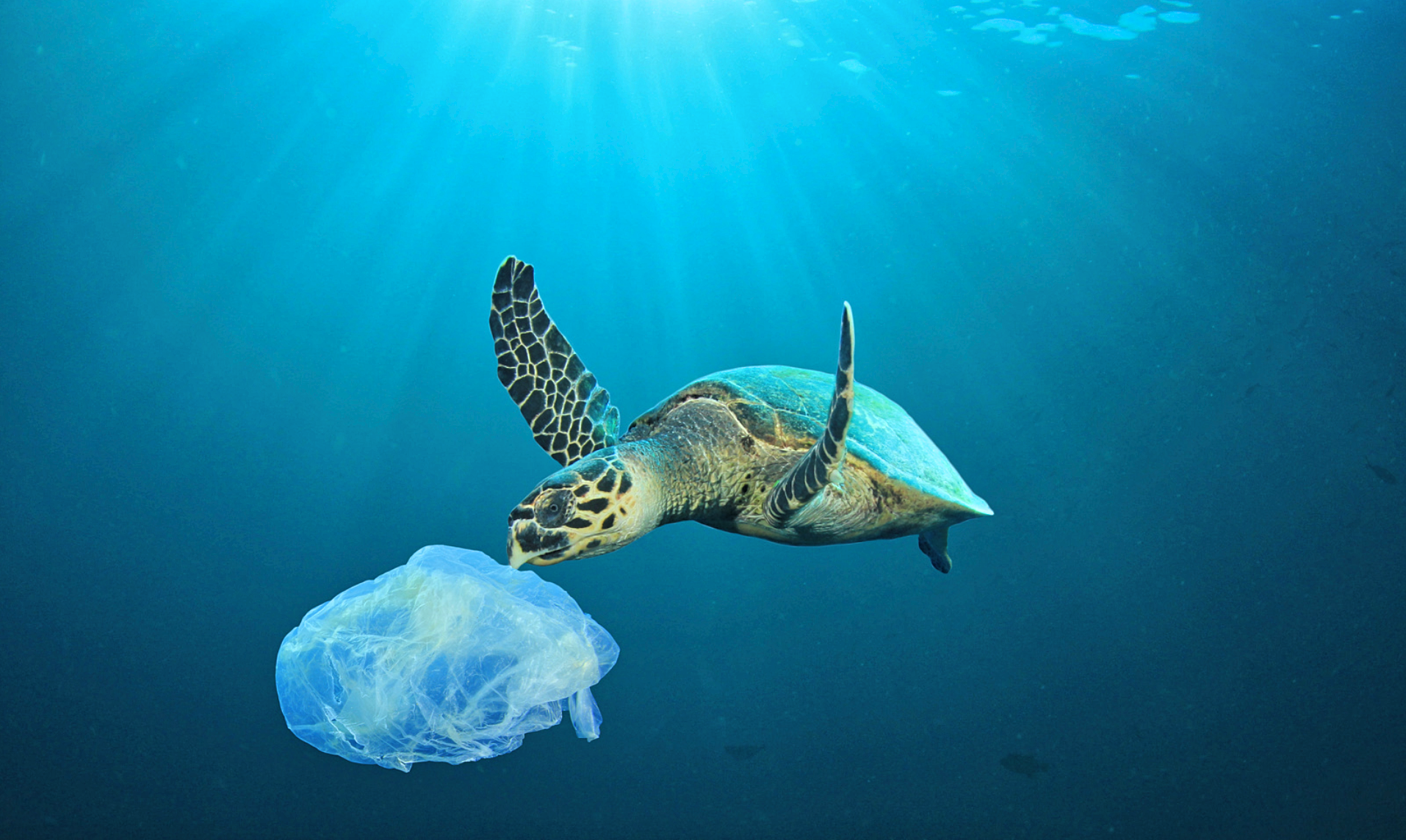
How floating robots are currently removing 30 million pounds of trash from the world’s oceans
Humanity has mistreated the oceans, and we’ve had an out-of-sight, out-of-mind mentality for years. It’s not there if we didn’t notice it. However, we’ve poured so much trash into the sea that currents have deposited debris in five massive garbage patches throughout the planet. The largest is the Great Pacific Patch, which covers 1.6 million square kilometres, three times the size of France, and is estimated to contain 80, 000 tonnes of plastic.
Plastic and other waste can cloud the water, altering light levels and lowering oxygen levels, compromising aquatic life’s capacity to thrive. Every year, 100,000 marine animals die as a result of becoming entangled in plastic. Other fish swallow plastic, which becomes clogged in their digestive systems and accumulates in their tissues. The same plastic substances when we consume fish, might also end up in our bodies.
In the water, plastic slowly degrades. The majority of plastic will take a long time to degrade, up to hundreds of years. Thankfully, numerous organizations, including TeamSeas, have been striving to clean up the water. The goal of their current initiative is to eliminate 30 million pounds of trash and plastic from the ocean. This elimination has both short and long-term beneficial effects on the ecosystem of our oceans.
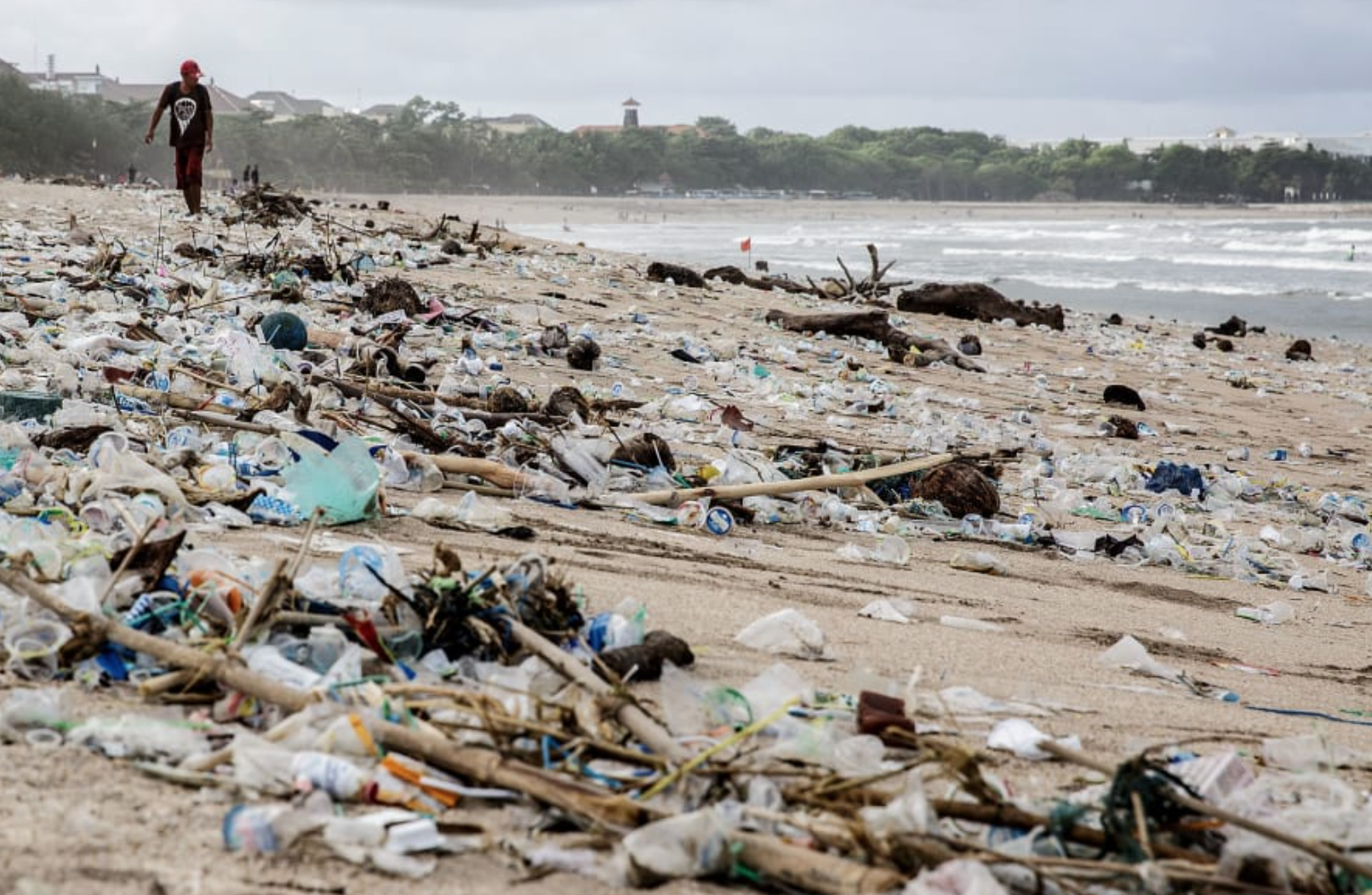
It’s a little difficult to comprehend the value of 30 million pounds, but let’s try. A blue whale, the world’s largest mammal, can weigh up to 330,000 pounds. That means #TeamSeas will be removing the equivalent of 90 fully-grown adult blue whales worth of plastic garbage. Don’t worry if you’re not impressed and don’t think 30 million pounds is enough; this is simply the first phase in their long-term project.
Here are 3 reasons why humanity must take care of the ocean:
#1 Climate and Weather Balance
The ocean aids in the regulation of the planet’s temperature. It not only absorbs the majority of the sun’s rays, but currents also help to disperse the heat. The equator transports warm water to the north and south poles, whereas the poles bring cold water to the tropics. Many locations would be uninhabitable or endure extreme weather if these currents did not exist. The absorption of carbon dioxide by the oceans also contributes to the stabilisation of our global climate. The ocean is an important part of the water cycle. The earth would be a desert if it weren’t for the water cycle.
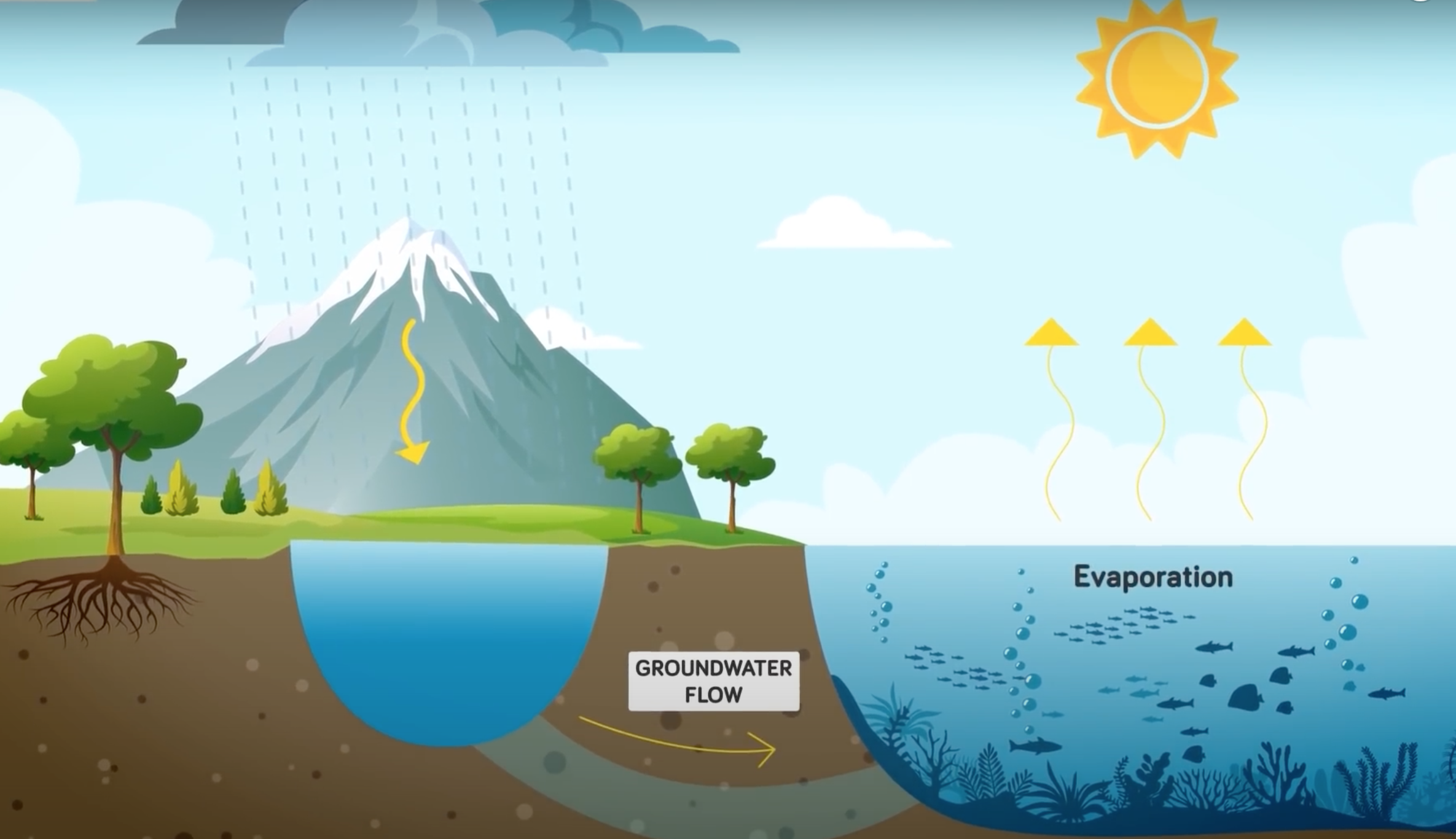
#2 Fresh Oxygen:
The ocean covers about 70% of the earth’s surface, contains 97% of the earth’s water, and produces over half of the world’s oxygen. The ocean absorbs five times more carbon dioxide than our atmosphere.
#3 Marine Life
The ocean is the world’s largest environment. There are around 18,000 recognised fish species and approximately 240,000 known marine species, all of which require a clean environment to exist.
What are TeamSeas doing?
TeamSeas has been collaborating with the Ocean Cleanup company to deploy the sea’s garbage trucks. The interceptors devour plastic trash as it falls into the water, preventing it from entering our oceans. Where does it come from? The interceptor boat is manufactured by KoneCranes, a Finnish company. They employ around 17, 000 people in 50 countries and are best known for being one of the world’s largest crane manufacturers. Their specialisation is lifting equipment, and they designed something that pulls trash from the water in this case.
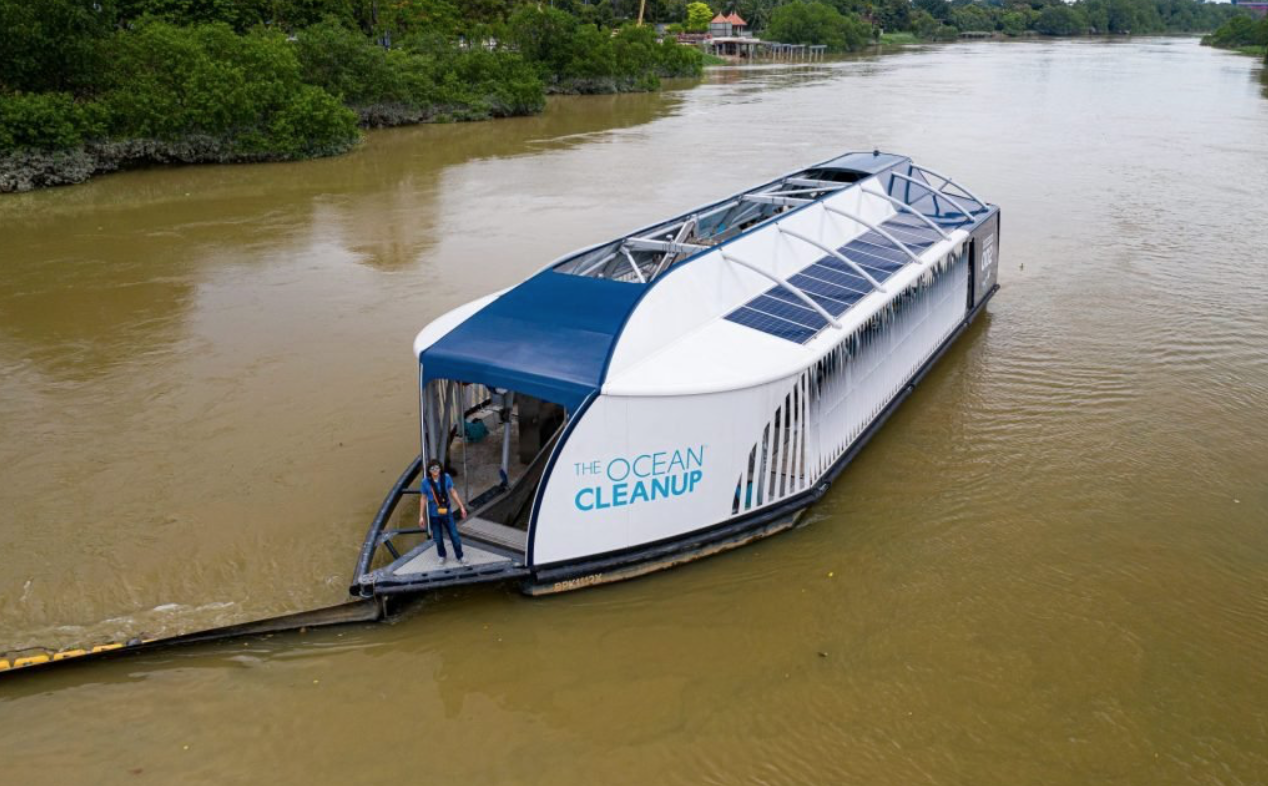 @theoceancleanup
@theoceancleanup
Because rivers travel through inhabited regions where some people treat the river like a trash can, they are the primary source of ocean plastic pollution. The trash eventually makes its way to the sea. According to Ocean Cleanup, only a thousand rivers in the globe produce 80 percent of river plastic. That is why TeamSeas is deploying interceptors in the 1000 worst rivers in the world. They are named interceptors because they intercept trash before they make it to the ocean, and are completely autonomous and solar powered.
How does it work?
The interceptors are not blindly wondering around the room like a roomba, but instead are hooked up to a barrier that uses the river’s current to guide trash into its mouth. A conveyor belt collects trash from the water’s surface and empties it into a shuttle that employs sensors to equally distribute the trash into six bins. When the dumpsters are full, it sends a text to the maintenance personnel, informing them that the dumpster barge is ready to be picked up.
How effective is it?
They are extremely effective, these machines can suck-up to 110, 000 pounds of trash per day. They work 24/7 and are completely pollution-free solar powered.
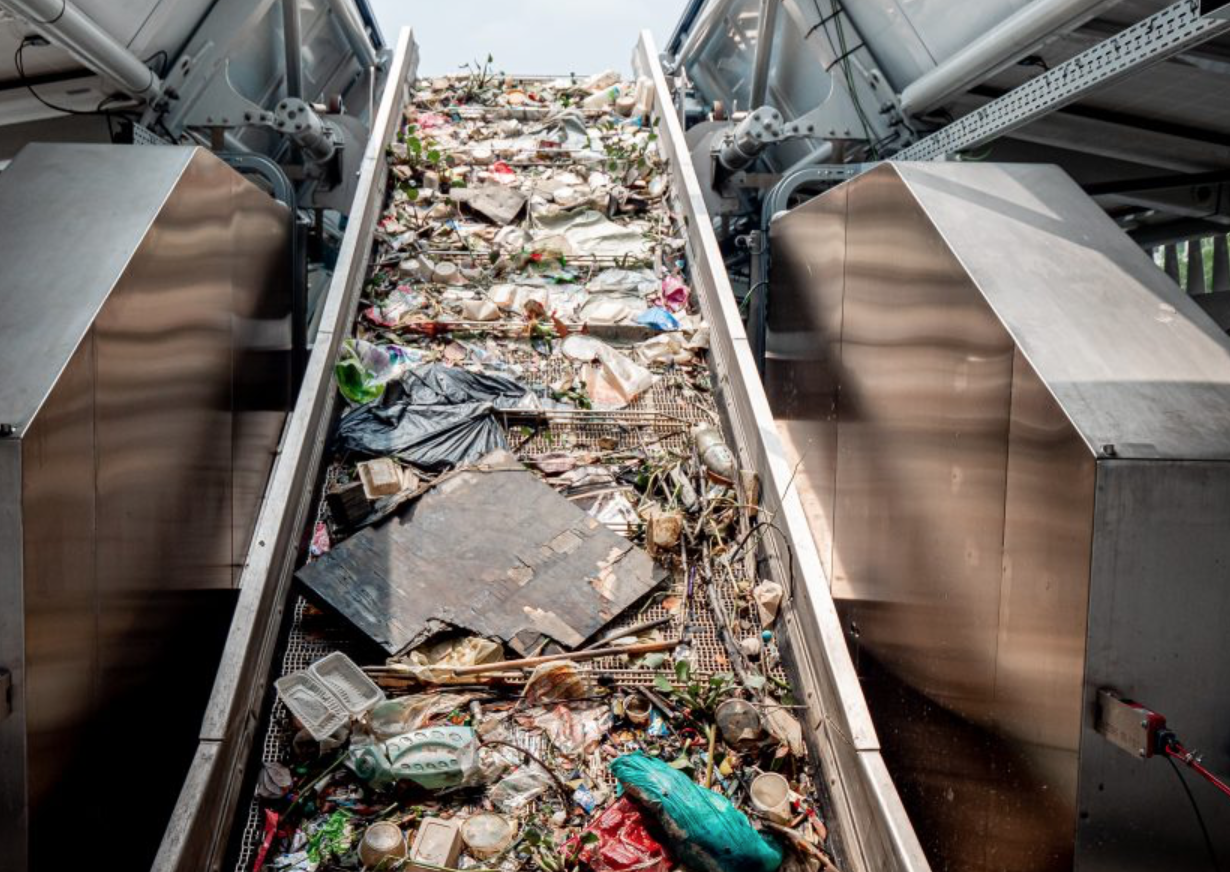 @theoceancleanup
@theoceancleanup
. . .
Donate to the #TeamSeas campaign to clean the ocean. All donations to TeamSeas will be split equally between 2 nonprofit charities: Ocean Conservancy and the Ocean Cleanup.
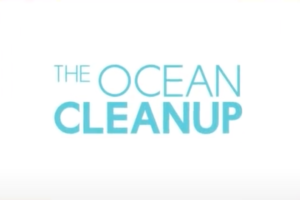
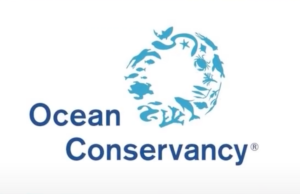
Every dollar donated will remove 1 pound of plastic. Together, we can have a big impact.
To donate: https://teamseas.org
. . .



